
As you dive headlong into spring, with the hopes and dreams of a bountiful garden harvest, your mind may begin to wander and wonder how on earth you could also turn a profit.
After all, you can grow everything you need to survive and still be wanting more. More coffee, more salt, more of the things your garden cannot grow. Trading is a limited option for gathering all you desire, while money goes a long way in providing for the rest.
It is entirely possible to bring in some extra cash from your homesteading efforts, though it may take some additional garden preparation on your part.
You may need to invest in extra seeds, learn a new skill, or acquire the right hand tools to get the job done.
Make money by loving what you grow
More importantly perhaps, the best (and most rewarding way) to make money, is by doing something that you love.
If you adore the early wake-up call of chickens, then by all means, raise a flock! However, if you prefer to sleep in after the sun has risen, looking after other animals, or plants may be a better money-making plan.
If you are seeking a quick way to make money, then it is best to start with the skills, materials and land that you already have, before investing in unknown territory.
Accumulating new skills of self-reliance will allow you to not only experience personal growth, but a growth of income as well.
The following ideas are listed to get you thinking how this season can be different. The more exact how is up to you. While they may not provide you with a full-time income, they can easily be a portion of your part-time work from home, a self-employed endeavor.
Let’s get started with 22 ways to make money from your garden harvest!
1. Sell seedlings
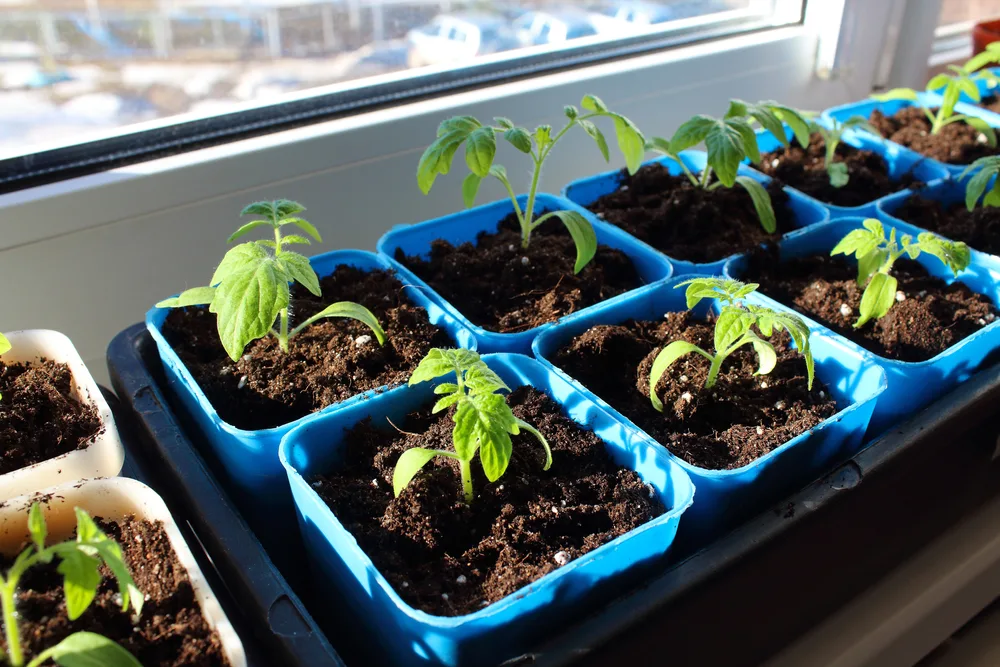
While browsing through a stack of seed catalogs, keep a good lookout for what heirloom plant varieties are trending this year.
Purchase extra seeds, germinate them well and sell the seedlings to friends and neighbors when they are ready to plant in the garden. You could also put the word out on Facebook too, or sell at a farmers market if you have plenty of seedlings to go around.
The benefits of selling seedlings? It saves the buyer time, garden space and the fuss of direct planting, then waiting (im)patiently for the seeds to emerge. You literally hand them the seedling which is ready to plant the same day.
If you have a greenhouse, selling seedlings is always a hit at the beginning of the season, here are the most common seedlings to sell:
- tomatoes
- peppers
- eggplants
- leafy greens
- herbs
- cucumbers
- melons
Starting costs (such as potting soil and pots) are minimal, especially if you have saved your own seeds.
2. Save seeds
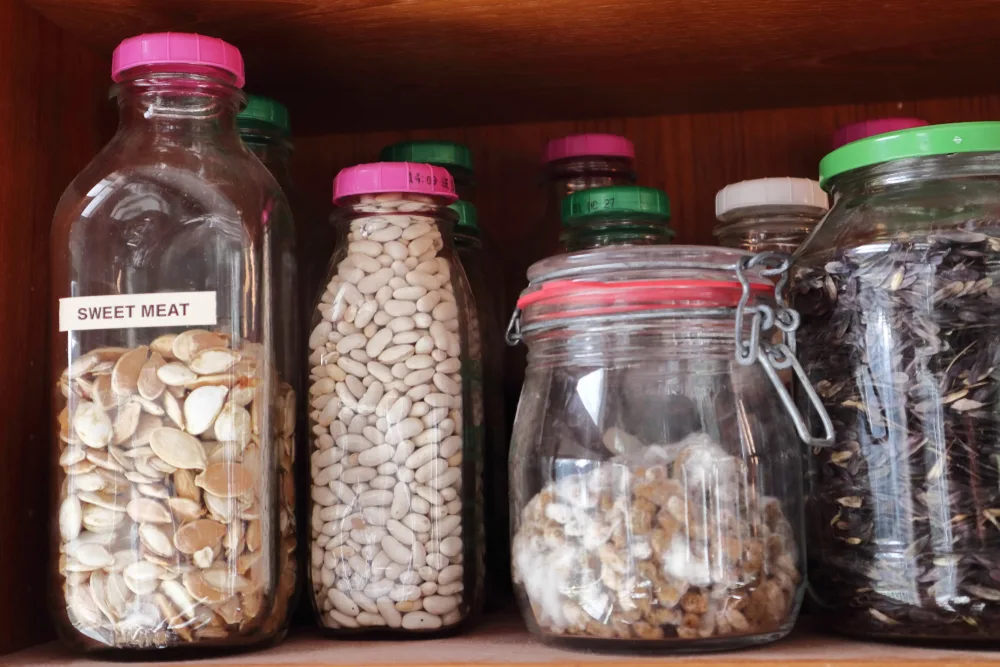
Saving seeds is a wonderful skill to acquire, regardless if you are planning to sell them or not.
If you are already into your second year of gardening, chances are good that you will have saved seeds from your favorite vegetables in the garden.
Aside from the list of seedlings for sale, gardeners will be interested in just about whatever it is you have to offer.
At our local market we have bought a plethora of seeds, measured out in small cups by seasoned, wrinkled hands that are ready to pass knowledge down to younger generations.
If you can package it, you can sell it – though having a beautiful handmade label will help!
Seeds that people tend to buy at the market include those that are sown directly in the soil:
- dill
- sorrel
- carrots
- parsley
- beans
- peas
- pumpkins
- squashes
- corn
Of course, if you are saving your own seeds for sale, it is helpful to know whether they are annuals, biennials or perennials.
3. Sell fresh or dried herbs
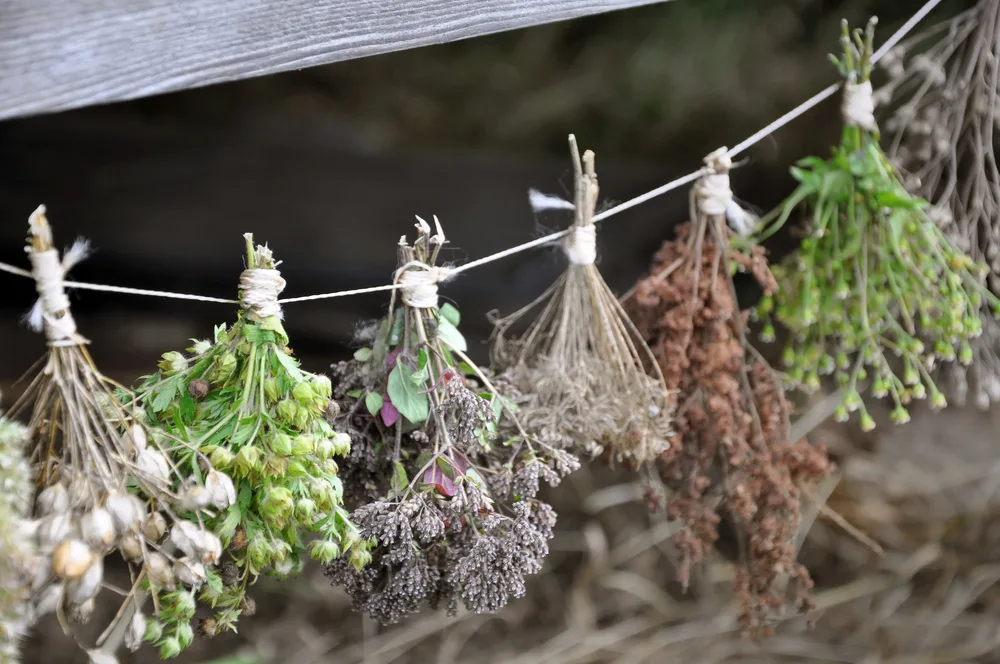
Both medicinal and kitchen herbs fall in this category.
If you enjoy filling your garden with herbs such as rosemary, sage, thyme, lemon balm, mint and basil, then growing even more of the same may spark a certain kind of joy.
Farmers markets are a wonderful way to show off your fresh herbs, though time may be of a concern. In that case, learn to dry your fresh herbs first, then sell them neatly packed in jars, or by the spoonful (in bulk).
The more processed they are, in other words the more value you add to the produce/product, the more you will be able to charge. Time is money after all.
4. Grind your own spices and spice blends
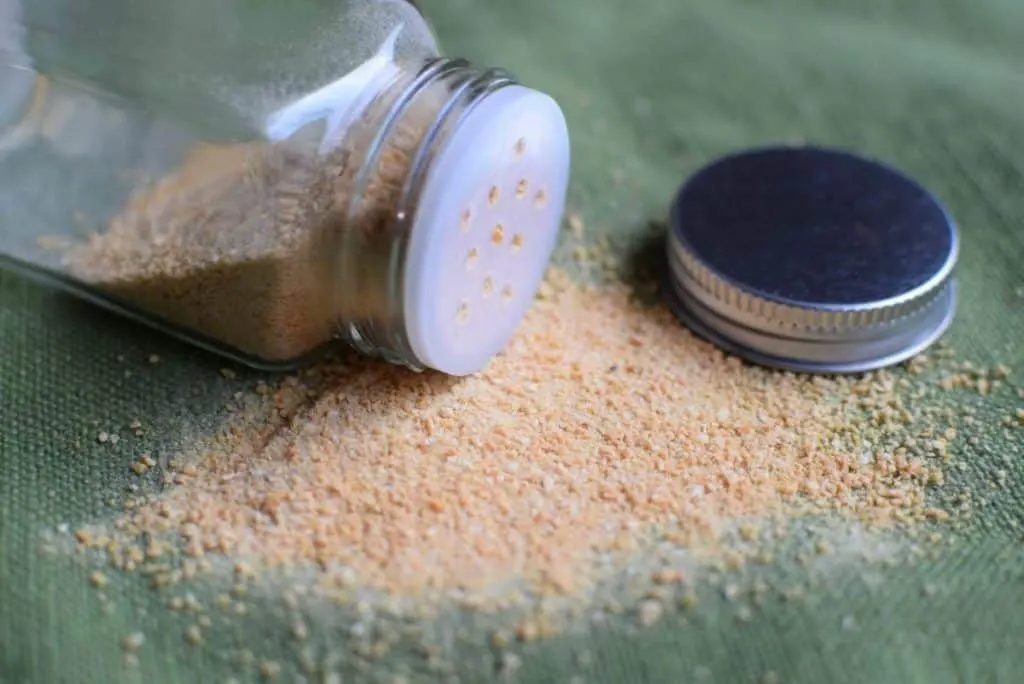
Once you have mastered the art of growing more herbs than you need at home, and more than you can give away for gifts, you have entered a potential profit zone.
Every good cook loves spices. They are even better when they are handmade! Plus you get bonus points for making them additive, anti-caking agent and MSG-free.
Try this tutorial to make your own garlic powder, then give it a burst of life by combining it with celery seeds. It is perfect on everything from baked potatoes to poached eggs.
If you have all the ingredients growing in your garden to make a homemade Italian seasoning, then you are off to an amazing start!
5. Sell handcrafted herbal teas
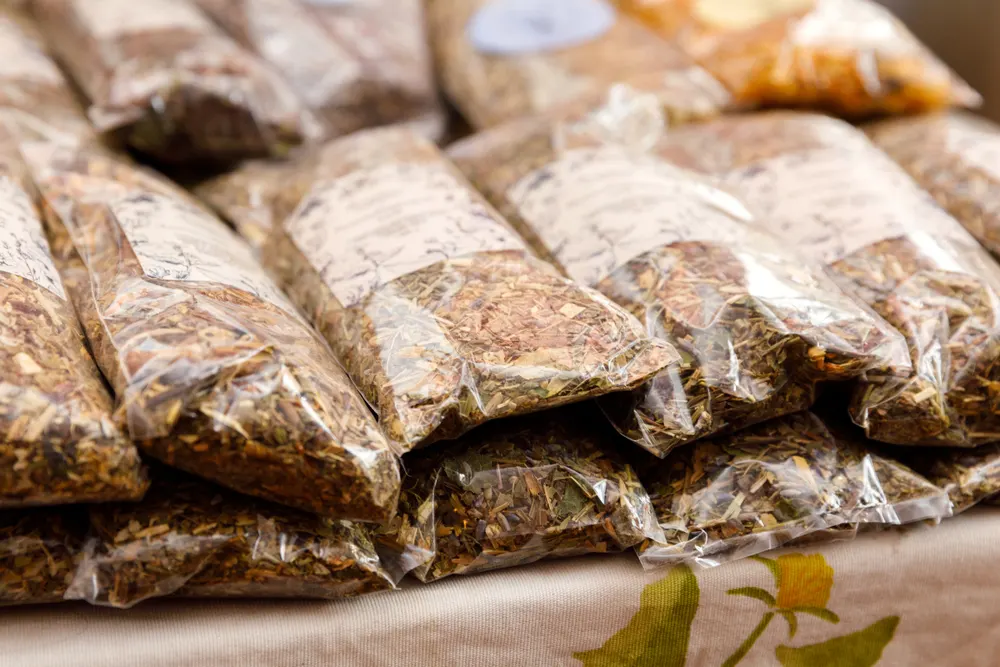
Coffee may be my choice of morning drink, but it is herbal teas that boost my energy throughout the day.
Herbal teas are excellent to sip on for so many reasons. They are chock-full of vitamins and antioxidants, they can boost your immune system, provide a source of iron, lower a fever, calm your nerves and so much more.
Naturally, it helps to know a thing or two about herbal remedies. It is also beneficial if you use them yourself.
Think about your favorite herbal teas you make at home. Can you recreate that mix in kettle-size portions for sale?
To give an example, one of our favorite homemade tea blends consists of nettle, plantain leaves and raspberry stem with a pinch of horsetail (Equisetum arvense). All of these are foraged for on our property, or nearby. It makes a lovely mug of soothing and calming tea.
On occasion we also add a 1/2″ piece of ginger for more anti-inflammatory properties, other times half an organic lemon peel to a whole pot of tea.
Come up with your own favorite herbal tea blends and market them as you see fit.
6. Concoct herb infused oils

One thing you will most certainly not find at the store, is herb infused oils. But for the DIY beauty product creator, they are definitely important and a necessary part of the plan.
Soap makers will find them useful, as will those who make natural and organic skincare products.
Some common herbs to infuse in oils:
- calendula flowers
- chamomile flowers
- comfrey leaf
- lavender
- mullein
- plantain
- rosemary
- thyme
- yarrow
If the thought of making herbal infused oils intrigues you, the chance to learn how to make them is here.
7. Make healing tinctures
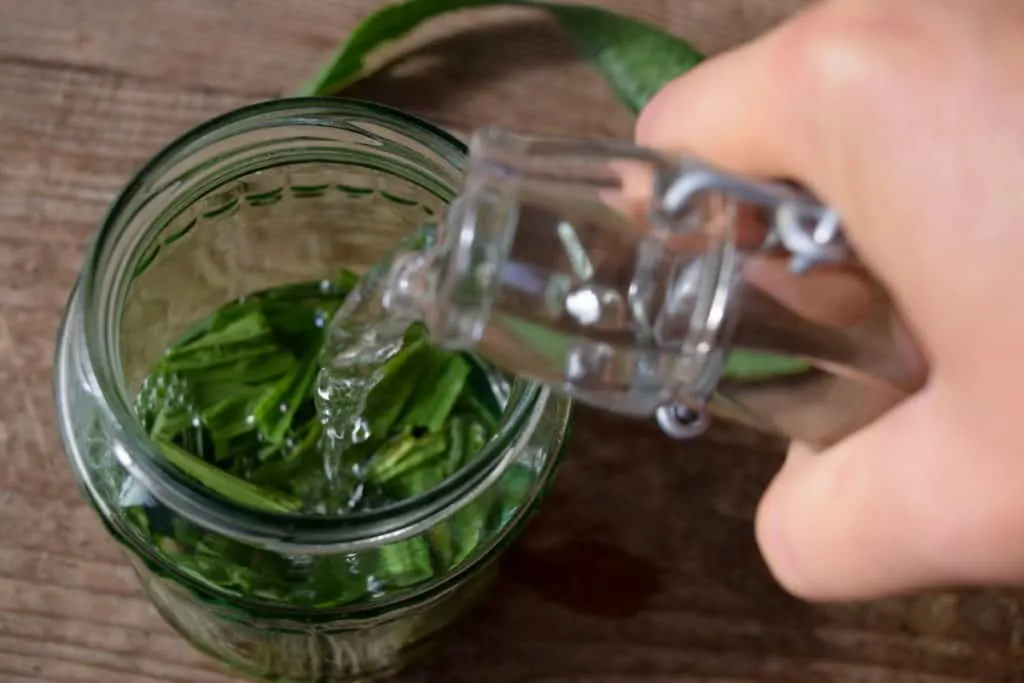
Tinctures are easy to make throughout the summer, as many plants lend themselves to harvest all at once.
And with a variety of herbs in your garden, you will be able to make several as the season progresses, leaving you with plenty of time for other money-making opportunities.
You may already have some herbs growing in your garden that you can make a tincture from, such as lemon balm, spearmint or lavender.
If you have “weeds” to harvest from the garden, they should rather be made into an herb-infused vinegar. Chickweed, red clover, dandelion leaf and nettles fall in this category.
8. Sell excess garden produce
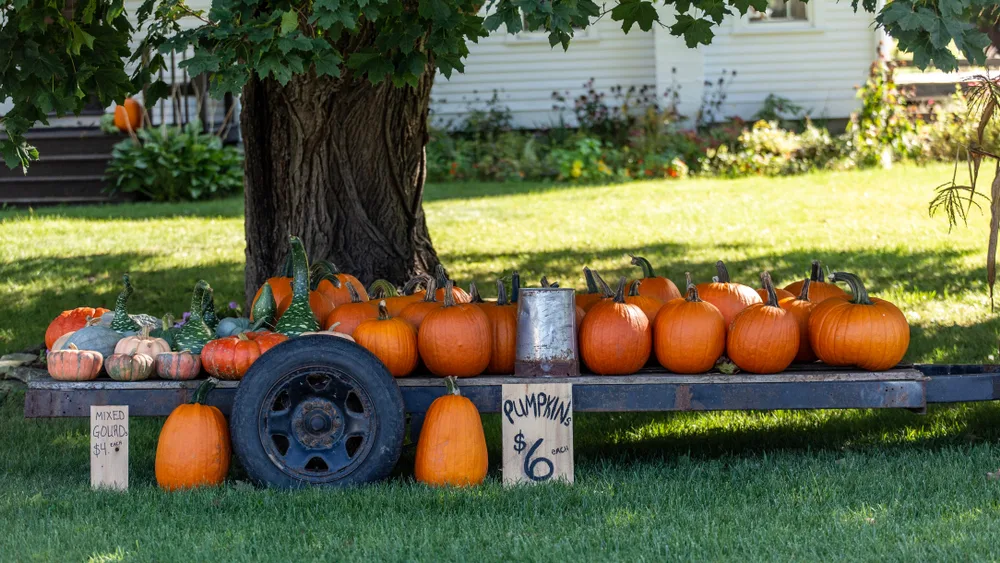
One of the most obvious ways to make money from your garden harvest, is to sell your overabundance of crops.
If you happen to have a less-than-ideal growing season, however, it pays to diversify and choose your second and third favorites from this list. With skilled hands you can even make something out of nothing! We’ll get to that in the Get Crafty section.
There is no such thing as a perfect season, as garden harvests fluctuate with time, temperature and other weather patterns. Yet, most seasons can produce more than what you and your household needs.
If you’ve spent enough time planning and getting your seeds into the ground at just the right time, you’ll have plenty to offer for sale.
Think about the higher value garden crops you can offer. Tomatoes are always in high demand. As are green bunching onions, leaf lettuce (it can be grown efficiently in a small space, throughout the season), pole beans and edible-podded peas.
9. Can and preserve jams, jellies and pickles for sale
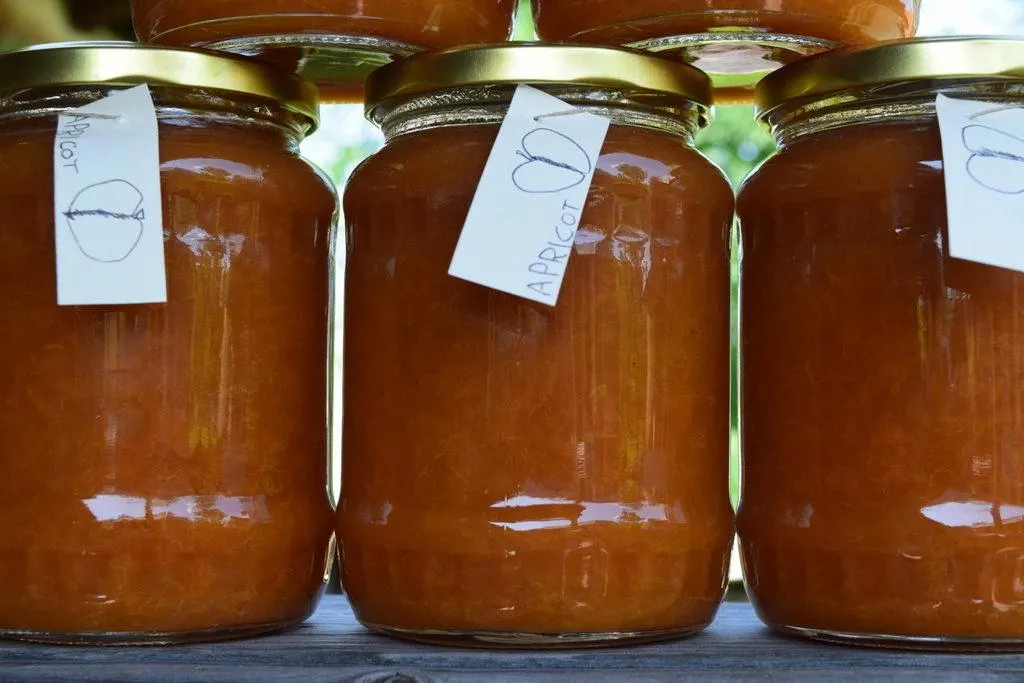
The more you can specialize and add more value to your garden crops, the better off your wallet will be. Though it will take some trial and error on your part.
With just a few apricot or cherry trees in your garden, you can preserve several jars of jam!
If it is late in the season and you are left with too many green tomatoes, you can preserve them into a homemade zingy green tomato salsa. Sell your wares to friends and neighbors, have a stand at the farmers market – it all depends on how big you wish to grow.
With canning and preserving skills on your side, you can inspire others to be more self-reliant. Give them the power to learn how to can and preserve their own garden fruits and vegetables by running a workshop or by creating an e-book for sale.
If you can dream it and make it happen, you’ll always find someone out there willing to buy it.
10. Get fermenting!
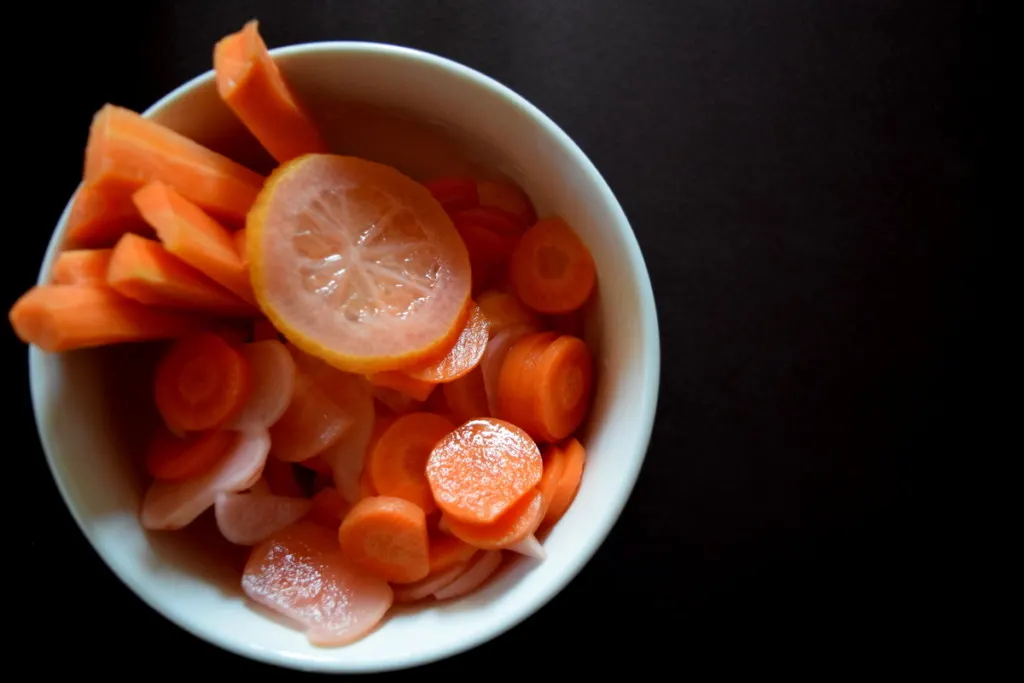
With fermenting there is definitely a learning curve. But once you have mastered the art of fermentation, your knowledge will be in demand. How high this demand is, depends on your locale and the buying/eating habits of those around you.
If you can convince people how wonderful fermented foods truly are, fermenting your garden harvest can become a year-round source of income.
As with all of the ways to make money from your garden harvest on this list, remember that your social networking skills go a long way in selling whatever it is you have to offer. It is not enough just to have a pretty product, or a gigantic pumpkin, you have to show others why it is beautiful too.
11. Grow specialty crops
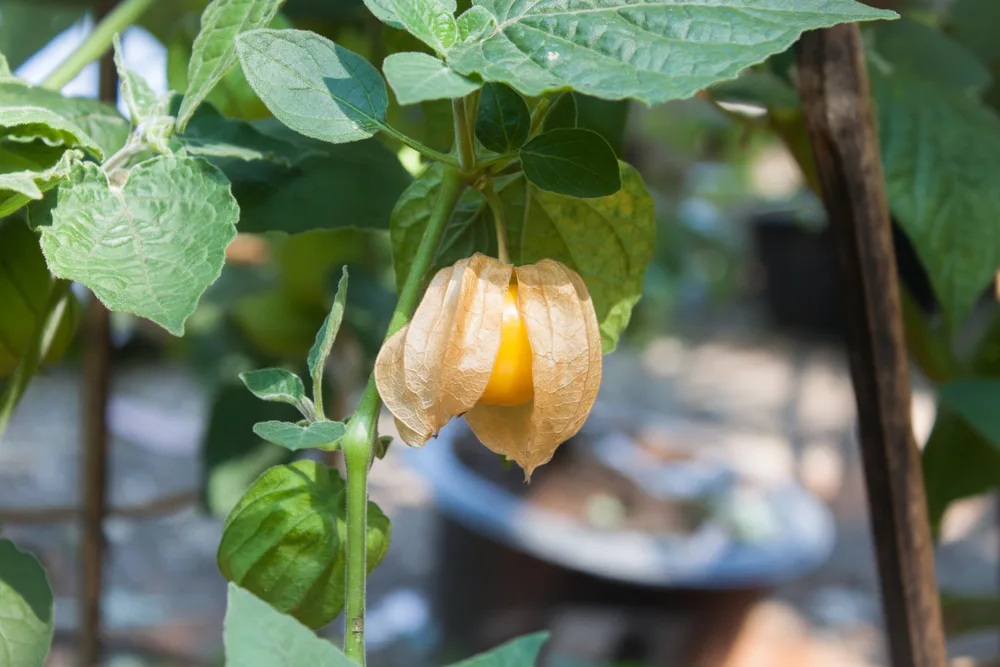
If you want to stand out from the rest of the crowd, you’ll need to grow and harvest something out of the ordinary.
- ground cherries
- fenugreek
- asparagus
- glass gem corn
- luffa
- cucamelons
- sweet potatoes
- heirloom tomatoes
- edible flowers
- peppers
Not only are many of these fun to grow, they are also items that cannot regularly be found at a supermarket. Find a good market for selling them and you’ll have a nice little side business to support your gardening lifestyle.
12. Grow mushrooms
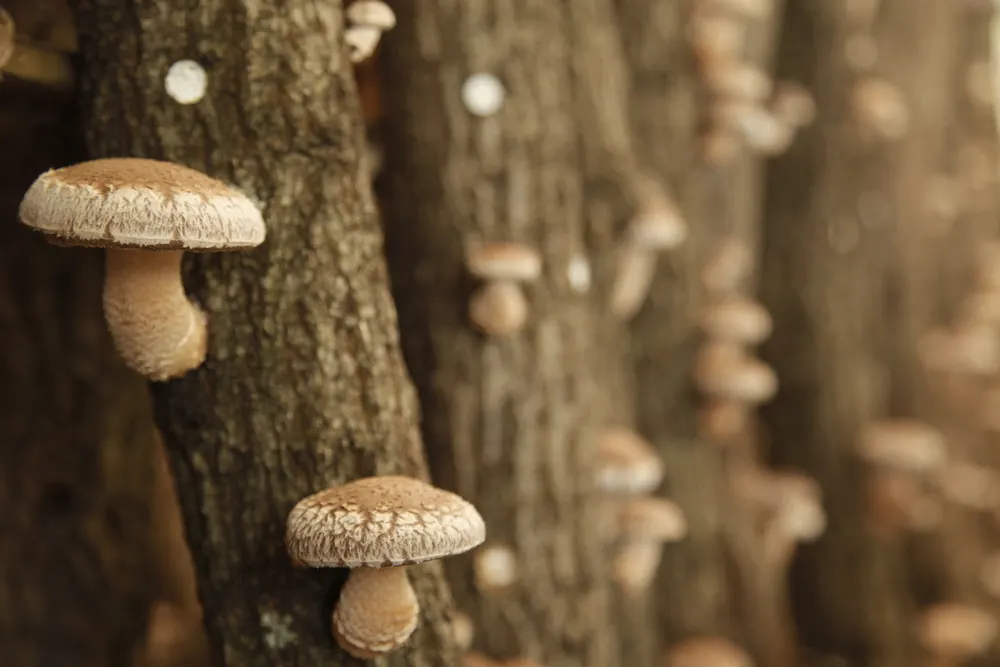
If you are not a mushroom lover, simply skip right onto the next way to make money from your garden harvest.
However, if you adore eating and growing mushrooms, then you are in the right place.
Mushrooms contain many essential nutrients that other garden vegetables lack, or are low in. And in an unexpected way, growing – and selling – mushrooms can lead to new relationships with other fellow mushroom enthusiasts. In other words, if you can supply your customers with a steady supply of mushrooms (oysters, shiitake, reishi or the like), you’ll be rewarded by more than just money.
Given their short growing period, propagating mushrooms is a wonderful way to turn a profit quickly.
13. Sell cut flowers

If you are more of a flower person and prefer working with colorful blossoms, selling cut flowers is a beautiful way to make a side income from home.
Some of the most popular cut flowers to plant are:
- Ageratum
- Celosia
- Cosmos
- Gomphrena
- Peonies
- Snapdragons
- Strawflower
- Sunflowers
- Rudbeckia
- Zinnias
If it isn’t possible for you to sell cut flowers, why not sell potted flower arrangements instead?!
14. U-pick garden
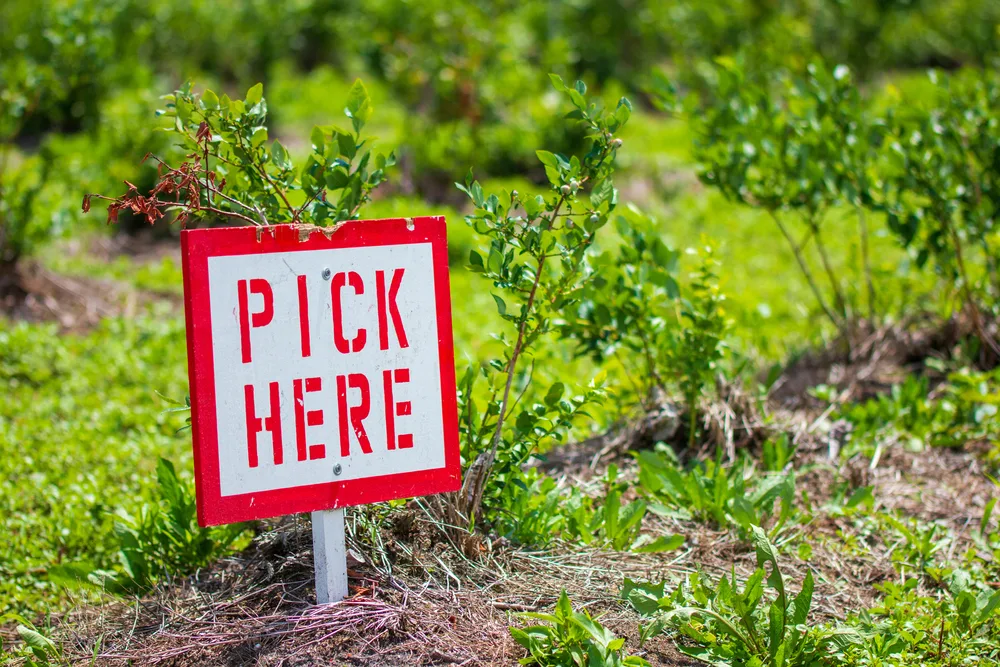
Not everyone will have land to spare, but if you do, one of the best ways to maximize its value is to plant crops that other people can harvest from. While fruit trees require some years of advance planning, most berries do not.
With a U-pick crop, you get to set the rules. You can make it a private investment for family, friends and neighbors in the height of strawberry or raspberry season, or you can go all out and add a petting zoo!
If the thought of a U-pick garden sounds like fun to you, though you are unsure of how to make it happen, this article is a good place to start thinking about the possibilities: 9 Simple Steps to Create a Booming U-Pick Blueberries Business
15. Get crafty
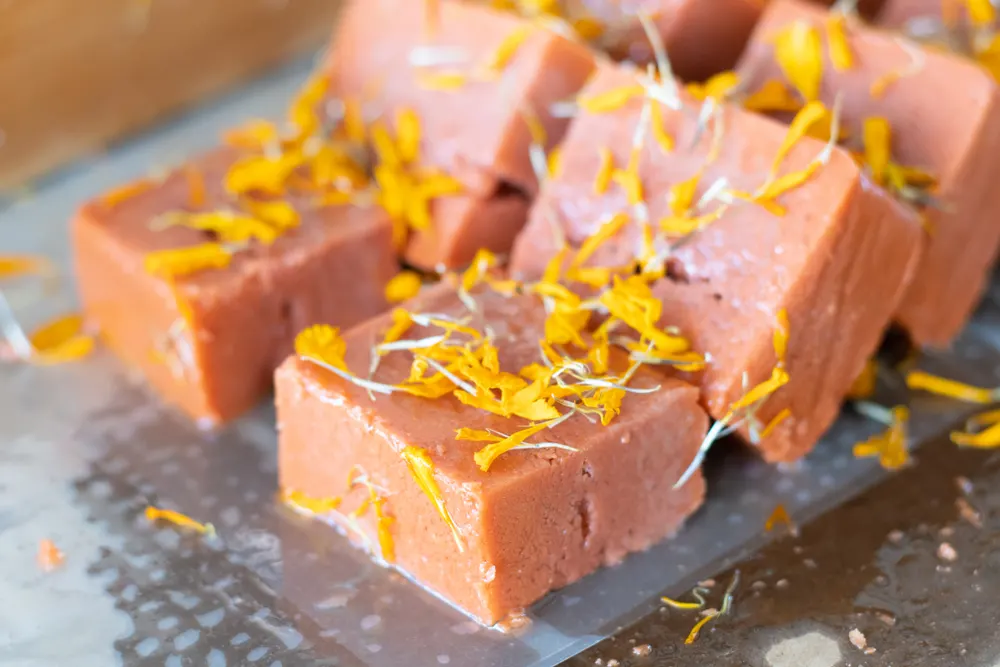
If your garden doesn’t quite live up to your “bountiful harvest” expectations, you can still be inspired by it – and make money with it too! Though it helps if you are the artistic or crafty type.
Everything from drawings to watercolors and paintings are fair game for selling online, and locally. You only need to search online for what others are creating to be inspired by finished projects. Then get out into your own garden and draw what you see.
You can also add dried flowers and herbs to handmade soaps, design a gardening calendar, or make resin jewelry with flowers. The possibilities to make money from your garden harvest through your creative efforts, are truly endless.
16. Sell photos of your garden crops

With a trusty camera and a good sense of aesthetics, you can sell photos of your garden online to make a little extra cash.
Photos can be sold as stock images, as prints or printed on merchandise such as mugs and market bags.
Uploading your best images to Shutterstock is one way to get started. Here are 10 more sites where you can sell fine photos of your herbs, gorgeous tomatoes, dew-covered squashes and more.
17. Trellis your squashes
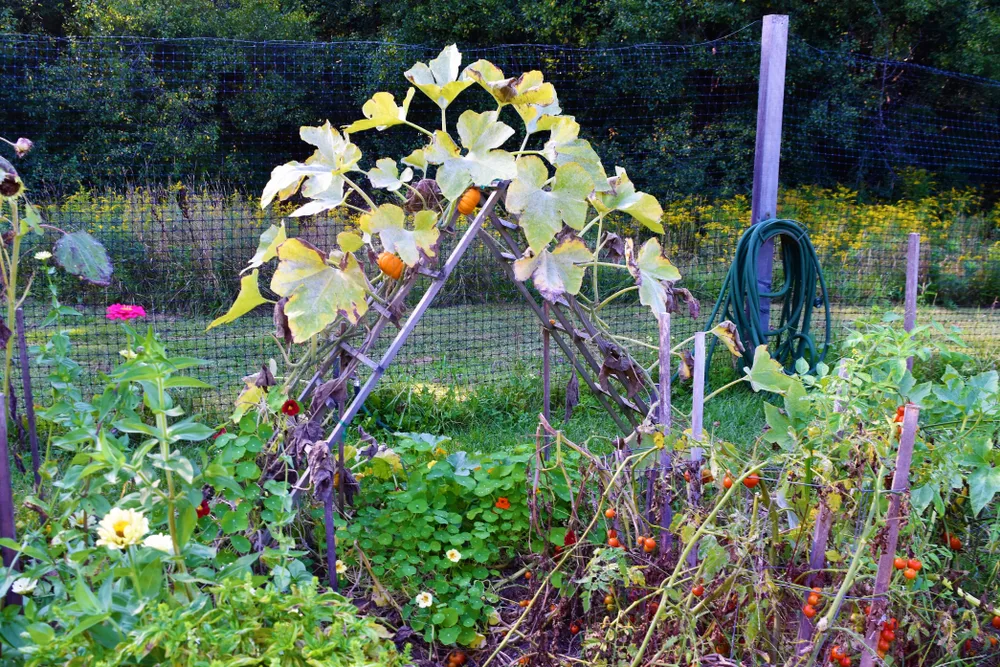
Here we are, back to growing crops, for a few more ways to make money from your garden harvest.
With a small space for growing, vertical gardening definitely has its advantages.
Squashes, with their sprawling nature, take up plenty of ground area in the garden. However, they can be trellised to increase your profit as you free up precious space for other, higher cash-value herbs.
Sell the squashes whole, or bake delicious pies for sale. You could even take it a step further and make a large batch of maple spice squash butter for sale. Again, the more value you give, the more money you make, so long as there is a demand for your product.
Being flexible, with the ability to adapt to changing conditions, will always increase your chances of success.
18. Sell cuttings
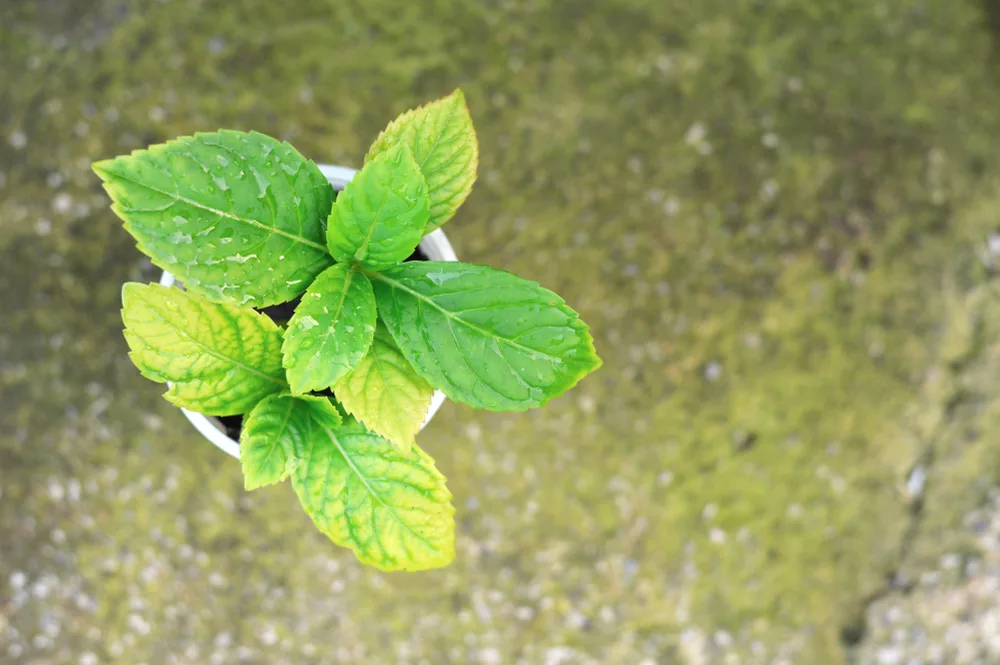
Just as you can sell seeds and seedlings, you can also sell cuttings for a little extra cash. All it takes is plant stock, water, occasionally a rooting powder, and soil or a growing medium.
It takes very little space to get started, and a greenhouse is not necessary, though patience is essential.
A popular topic right now is how to propagate elderberry cuttings. They take about 12 weeks to grow a decent set of roots, and by this time will have shoots as well. Sell the cuttings per piece, or in a bundle for the best value.
From the garden you can also take softwood cuttings of asters, butterfly bushes, hydrangeas, roses and rosemary. Those people without the skills or knowledge of taking cuttings, will surely buy from you!
19. Grow trees
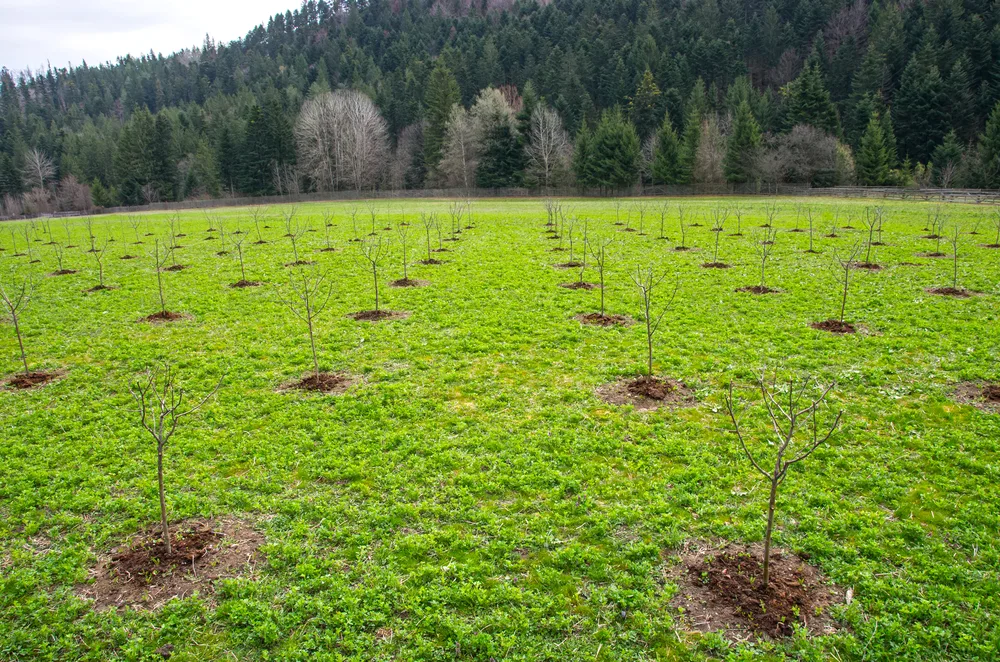
If you have more than enough land for a garden, why not branch out and start growing trees for a profit?!
Trees can be grown for their fruits or nuts. Think apples, plums, pears, peaches, chestnuts, walnuts and hazelnuts.
Further down the line, they can be turned into firewood or lumber for building furniture. With some woodworking skills you could even make picture frames, knitting needles or spindles for sale.
Your skills and creativity in creating and marketing are the limit.
20. Sell spring bulbs
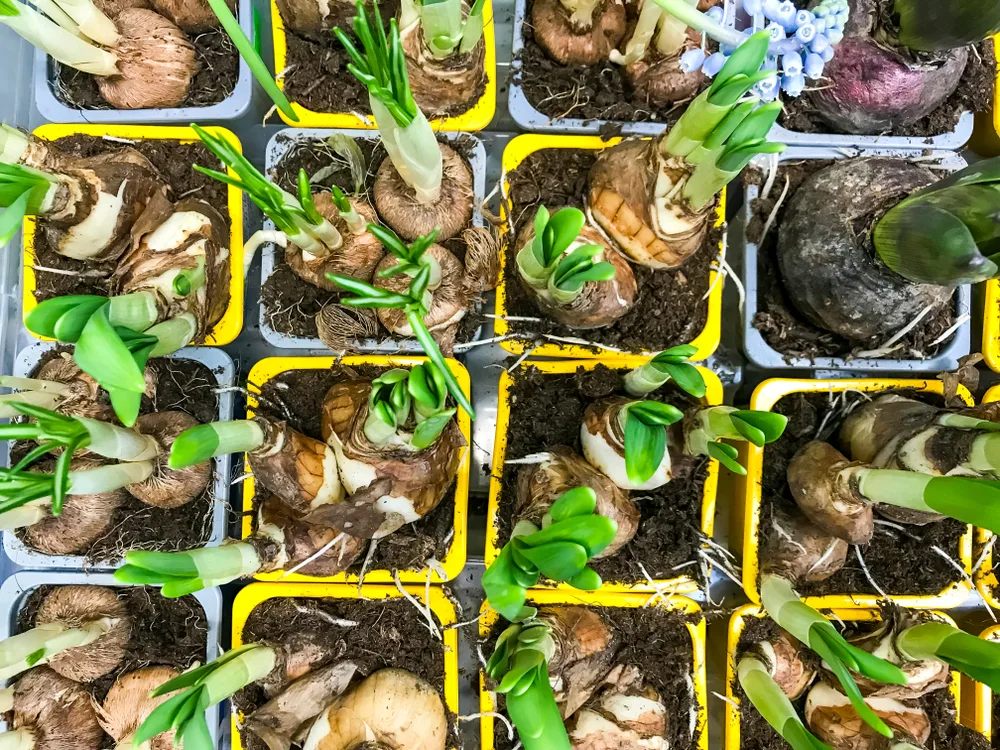
You don’t need to be a large scale farmer to make a profit from selling bulbs such as daffodils, tulips, crocuses (corms) and irises (rhizomes). Though it helps to love working with them, introducing new varieties when necessary.
As with most ways of making money, you will need to be prepared well in advance. If you are unfamiliar with planting bulbs, read several articles, watch a handful of videos, and you’ll gain the necessary knowledge required in no time at all.
To get started on your small scale bulb enterprise, read this first: Growing and Marketing Bulb Plants
Then get prepared to learn how to force bulbs out of season. People buy them for all sorts of reasons (birthdays, anniversaries, get well soon messages), so you can diversify your income over the course of a year.
21. Host gardening workshops and classes
An unconventional way to make money from your garden harvest, is to teach or host garden workshops and classes.
If you have a garden that produces, beginner gardeners would pay to see it and learn from your skills (and mistakes!).
Classes could be in the form of anything and everything listed above:
- how to make a no-dig garden
- foraging for edible weeds
- saving garden seeds
- harvesting and drying herbs
- preserving, canning and dehydrating…
If you have gardening skills, it is your responsibility to share them with others and help to grow a more self-reliant world!
22. Garden tours
If you’ve got a good thing going (for example, a beautiful garden) people are going to want to see it! With a promise of tea/coffee and some muffins, they will even be willing to pay for it.
This could even go hand in hand with classes or workshops.
With the addition of a hands-on experience such as making apple cider or solar dehydrating cherry tomatoes, it gives you yet another chance to sell a portion of your garden crop.
Before diving headlong…
Now, that your creative juices are flowing, imagining even more ways to make money from your garden harvest, you need to take a step back and examine the process more clearly.
Check with local laws and regulations. Are you allowed to sell what you would like to sell? How can you achieve your work-from-home vision and rake in the extra money you need? Could it be through writing, or blogging? Creating a cookbook with what you eat from your garden?
Now it is time to dream up your own ways to make money from your garden harvest, making a list of the skills and materials you currently have, those what you can acquire and what sort of income you would like to make.
When those are all in alignment, let the money flow in.

Get the famous Rural Sprout newsletter delivered to your inbox.
Including Sunday ramblings from our editor, Tracey, as well as “What’s Up Wednesday” our roundup of what’s in season and new article updates and alerts.

